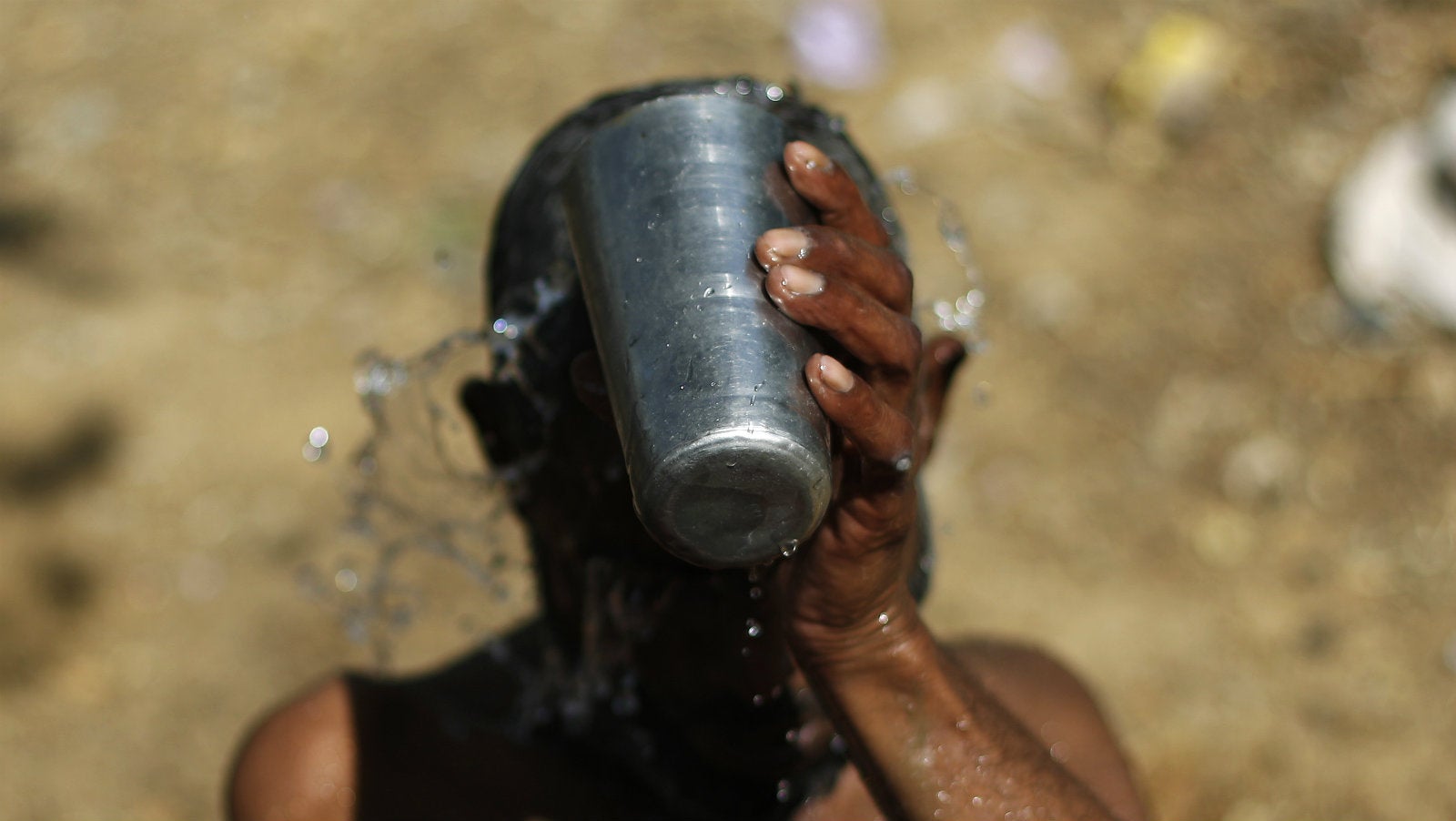One good monsoon isn’t going to end India’s water woes
Last week, the much-awaited monsoon rains arrived in India, causing relief among authorities and citizens.


Last week, the much-awaited monsoon rains arrived in India, causing relief among authorities and citizens.
For the last two years, Asia’s third largest economy has seen below-normal rainfall, resulting in the worst drought in over six decades. This year, though, forecasts paint a better picture: India is expected to receive above-average rainfall.
However, this isn’t going to fix India’s long-term water issues. Factors such as the country’s irrigation system and its depleting groundwater levels need to be fixed and replenished.
As of June 09, total water availability at India’s 91 reservoirs stood at a mere 16% of the total capacity. This is lower than the average for the last 10 years, according to the Central Water Commission. Some 266 districts in 11 states have been declared drought-hit. Over 300 million Indians are affected—farmers are losing livelihood and lives.
Two separate reports released last week explain how non-rain related factors can soften the impact of droughts.
A study by credit ratings agency Crisil says steps must be taken to make irrigation more efficient and improve groundwater management.
The other report—this one by Greenpeace (pdf)—highlights how India’s coal industry is depleting water resources. The environment group advocates increased use of renewable energy to mitigate this.
Irrigation overhaul
Around 119 million Indian farmers depend on the monsoon, which accounts for 70% of the country’s annual precipitation.
These farmers mainly use groundwater for irrigation. But, with below-normal rainfall for the past two years, the water table has fallen across the country.
Between Nov. 2014 and Nov. 2015, around 63% of the country’s wells—the main source of groundwater—have seen a drop in water levels, according to Crisil. ”With the depletion of the water table, the government needs to deploy regulations to control the use of groundwater, such as restricting the depth of irrigation wells,” the report said.
Currently, there are some basic laws (pdf) that promote efficient use and management of groundwater. These laws restrict the use of groundwater and regulate the depth and size of wells. But the bill, named Model Groundwater (Control and Regulation) Bill, hasn’t been adopted by all states yet.
Besides, irrigation methods in the country need to be reviewed. Currently, the most common method (pdf) used is surface irrigation, in which water flows all over the soil surface. According to the Crisil study, drip irrigation and sprinkler systems, which use lesser water, must be promoted.
These methods have advantages, including better crop yield, efficient use of fertilisers, and a lower rate of water evaporation, among others, the study said. To use more efficient methods, rural areas need electrification, it added.
Renewable energy
Industries, too, consume plenty of water. In India, for instance, coal-fired power plants are one of the most water-intensive industries, consuming 4.6 billion cubic metres of water every year, according to Greenpeace (pdf). That’s enough water to cover the annual basic need of 251 million people, it adds.
Coal power plants use water for cooling, and for cleaning air pollutants in the plant emissions. About 62% of the power generated in India comes from coal plants. To reduce this reliance, using renewable energy, is key.
“There are no easy alternatives to reduce the water intensiveness of coal power plants other than adopting less water intensive generation technologies like solar PV and wind. India should speed up renewable energy utilisation especially in water-scarce, drought-prone regions to protect the water resources,” the Greenpeace report said.